Black sapote (Diospyros digyna) is a beautiful tree, common from Guatemala to Mexico. Other names include the chocolate pudding fruit and chocolate persimmon. In its native environment, black sapote reaches heights of up to 33 ft (10 m).
The tree is covered with light green, decorative leaves, while the branches and trunk are dark brown. Black sapote is known for its spherical fruits, which are akin to a tomato in shape and change their color from green to brown after ripening.
The ripe fruits have a nice, creamy, fruity flesh. Black sapote is in fact a species of persimmon. As a typical representative of the tropics, black sapote handles the heat very well but only if it gets the necessary humidity.
Lately it's been gaining popularity for its ability to grow in orchards and winter gardens. Black sapote prefers moist and low acid soils that are rich in organic compounds.
It reproduces through seeds and the plants begin to bear fruit usually after the 6th year. To force earlier harvests, target pruning is done sometimes.
The flowers of black sapote are yellow-green but with the abundant leafy mass of the tree around them they are practically unnoticeable. Blooming continues briefly and the fruits appear right after. With time, they weigh down the branches and gradually begin to stoop toward the earth.
Once the fruits ripen completely, the branches reach the ground. In most cases, a black sapote tree gives so many fruits that it is unable to feed them all. If the tree is too weakened there is a danger for the entire yield to end up on the ground.
Unripened black sapote fruits have a shiny surface, bright green color and are incredibly hard. When they grow to the size of a large apple, their diameter is about 4″ (10 cm) and their color begins to change to the characteristic brown. Fully ripened fruits can weigh up to 31.5 oz (900 g).
Composition of Black Sapote
3.5 oz (100 g) of black sapote contain 12-15 g carbohydrates, 22 mg calcium, 0.7 g proteins, 191 mg vitamin C, 0.19 mg carotene, 0.03 mg vitamin B2, 23 mg phosphorus, 0.2 mg vitamin B3. The fat content in the fruit is miniscule.
Harvesting and Storing Black Sapote
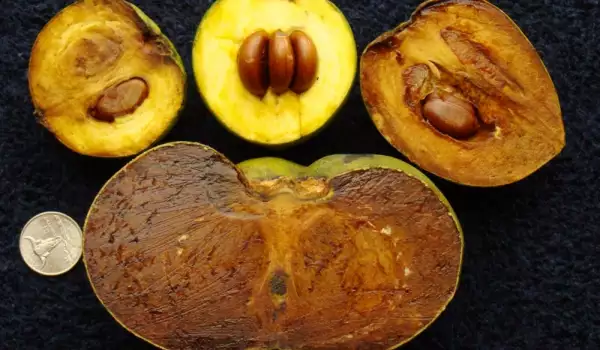
The fruits are harvested once they have become fully brown and softened. The surface needs to be dark and the flesh almost black. The taste of black sapote is reminiscent of chocolate but only when fully ripened, otherwise it's bitter.
Once the black sapote fruits are picked, the branches that had fruits need to be removed. Only shoots that bore no fruit are left. This way, they will bear fruit next year.
Black sapote needs to be stored very carefully, taking care not to damage the surface. If not fully ripened, they should not be cooled. Ripened fruits can be stored for several days in the refrigerator but deep freezing is preferred. If stored in the freezer, black sapote can maintain its qualities for up to half a year.
Cooking with Black Sapote
Black sapote is generally consumed raw, as a substitute for chocolate. Its taste goes well with orange juice and brandy. The flavorful fruits are put into many juices, shakes, cakes and cocktails.
In Mexico for example, the most popular recipe for the consumption of this delicious fruit is a dessert puree with blended black sapote mixed with fruit brandy or orange juice, wine, cream, cinnamon and sugar.
Benefits of Black Sapote
Because of its taste qualities, this fruit is a wonderful chocolate substitute. Black sapote is also very healthy. It has low levels of fat, making it excellent for weight loss dieting.
This natural delicacy contains 4 times more vitamin C than an orange, making it an irreplaceable source of this vitamin, so needed by the body.
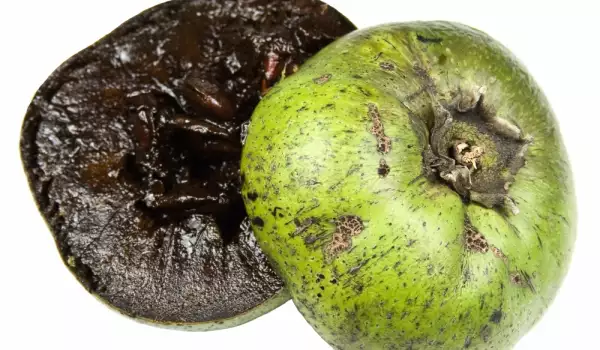
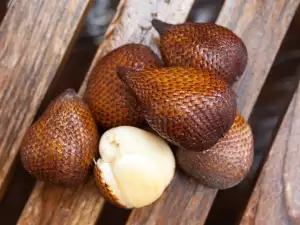


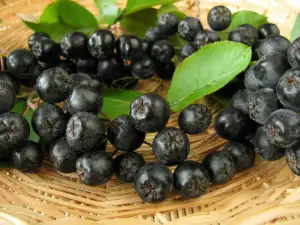

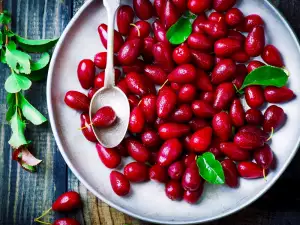
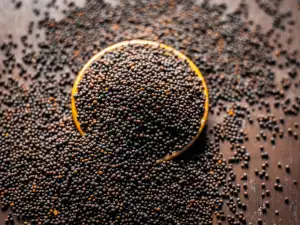
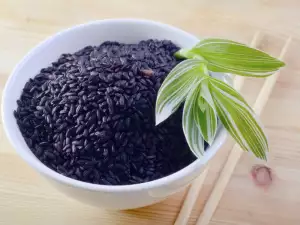


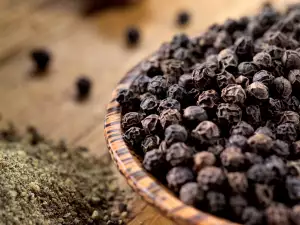

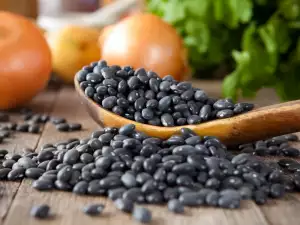
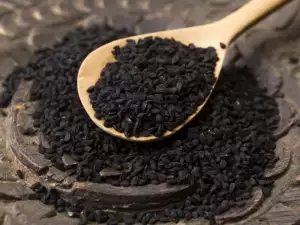
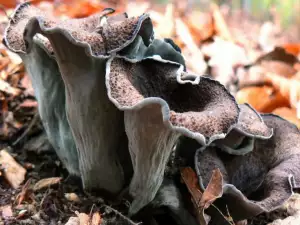




Comments